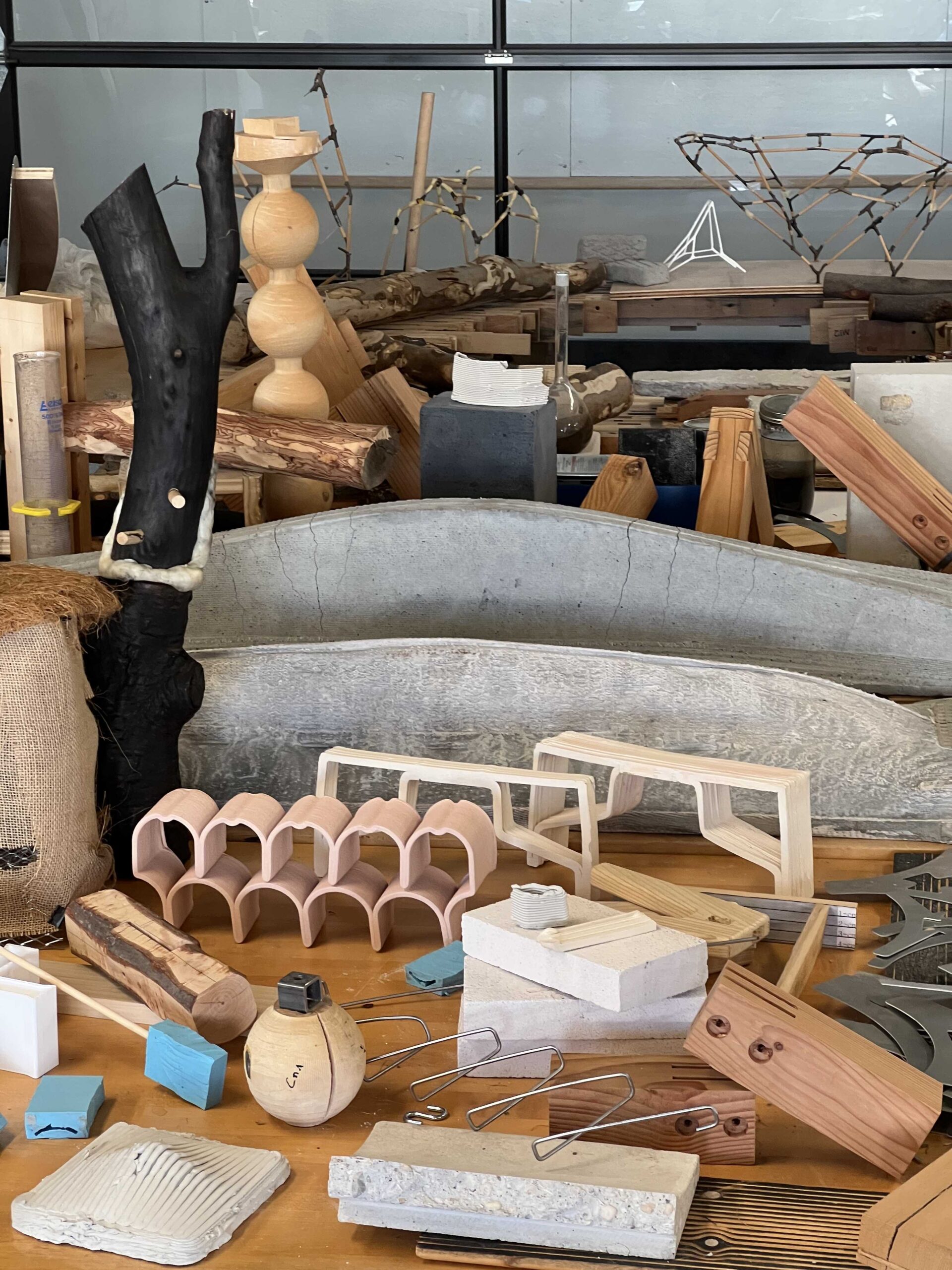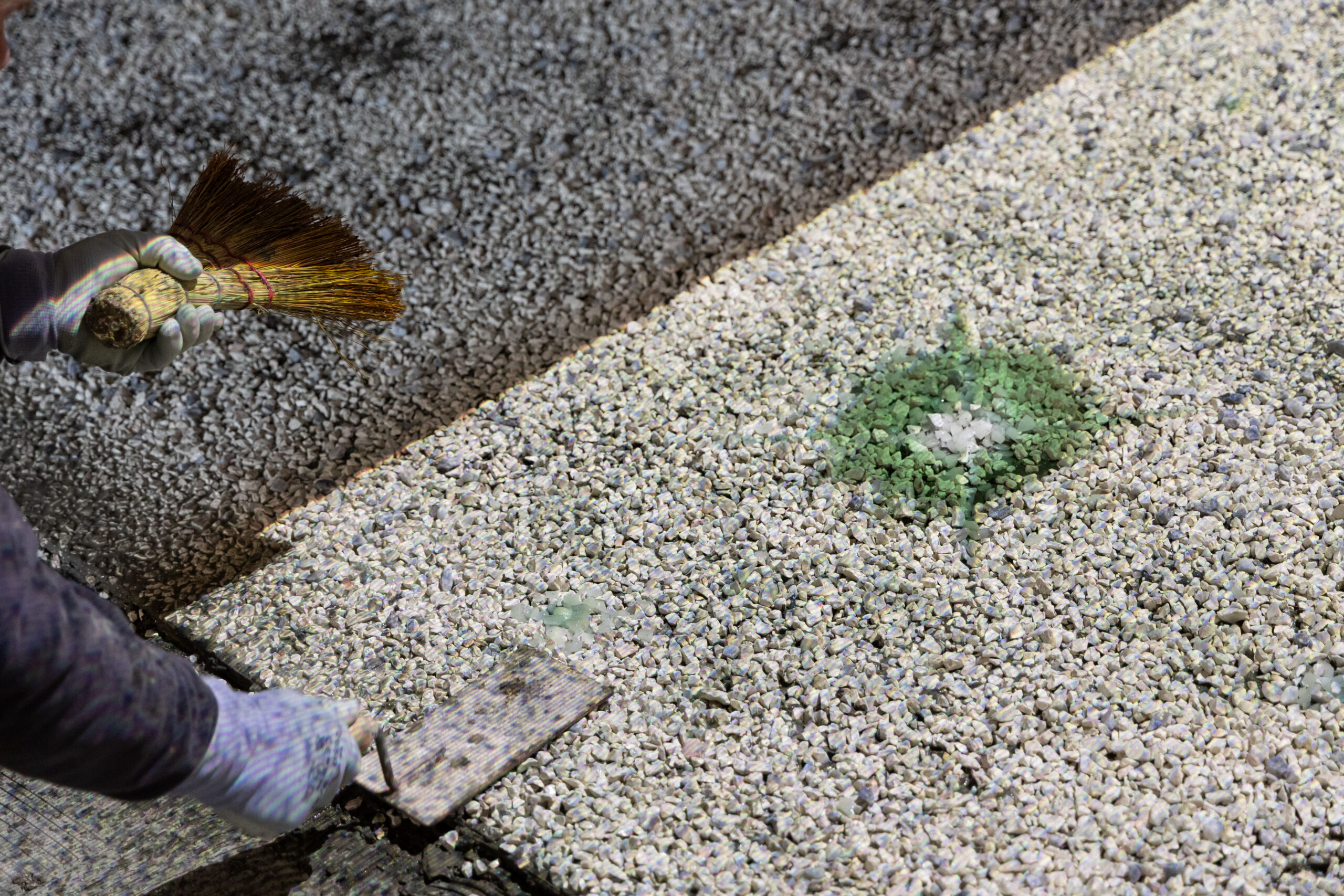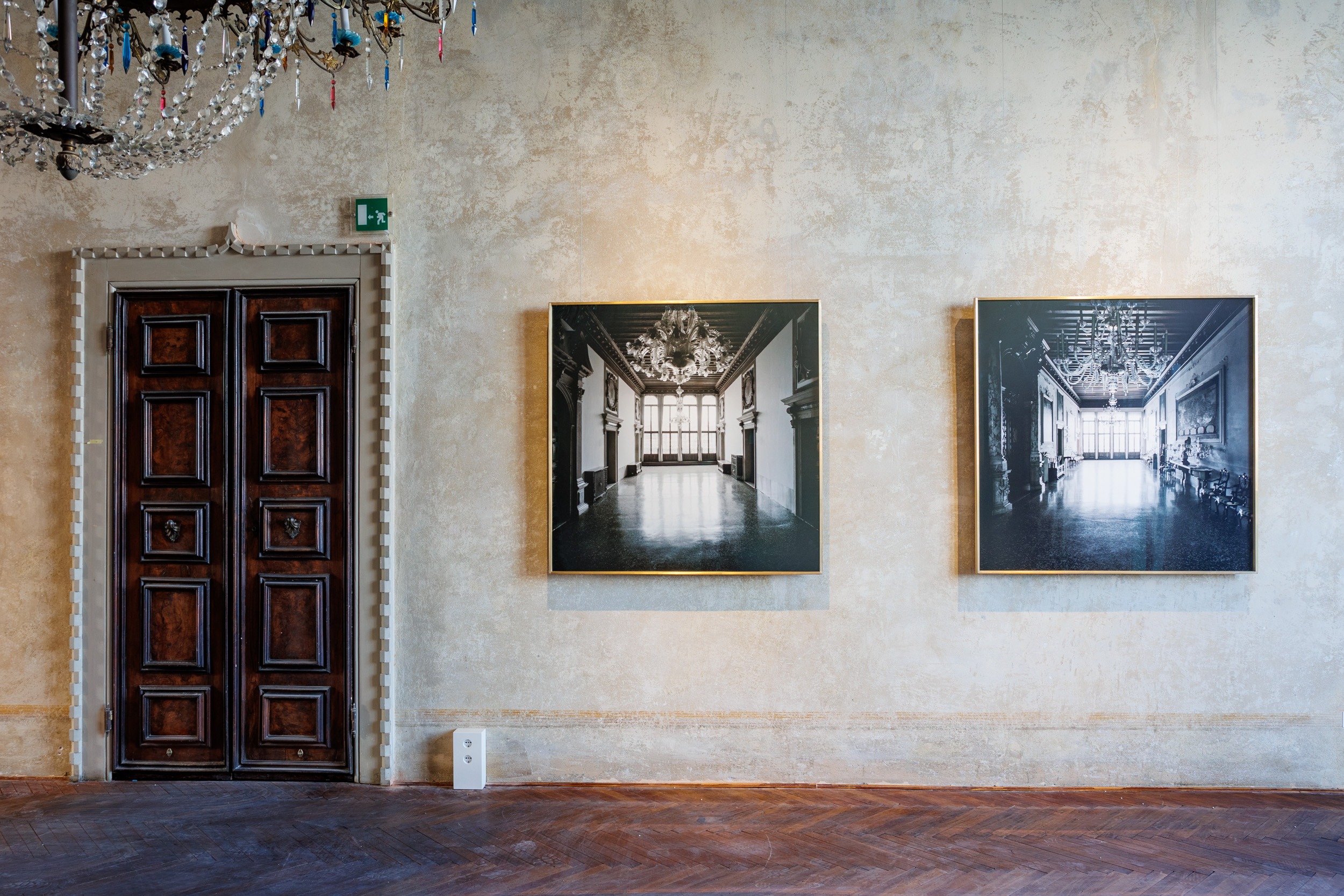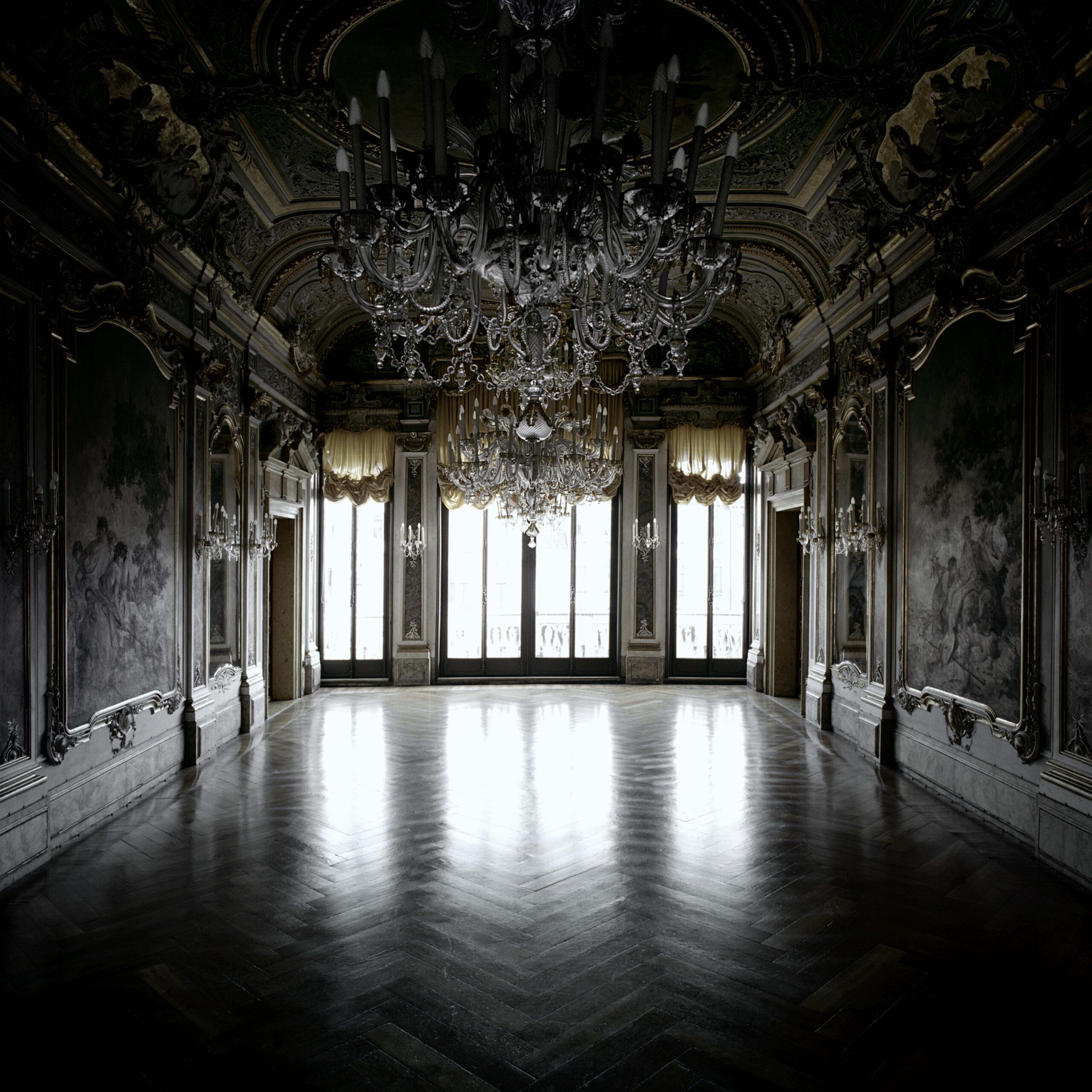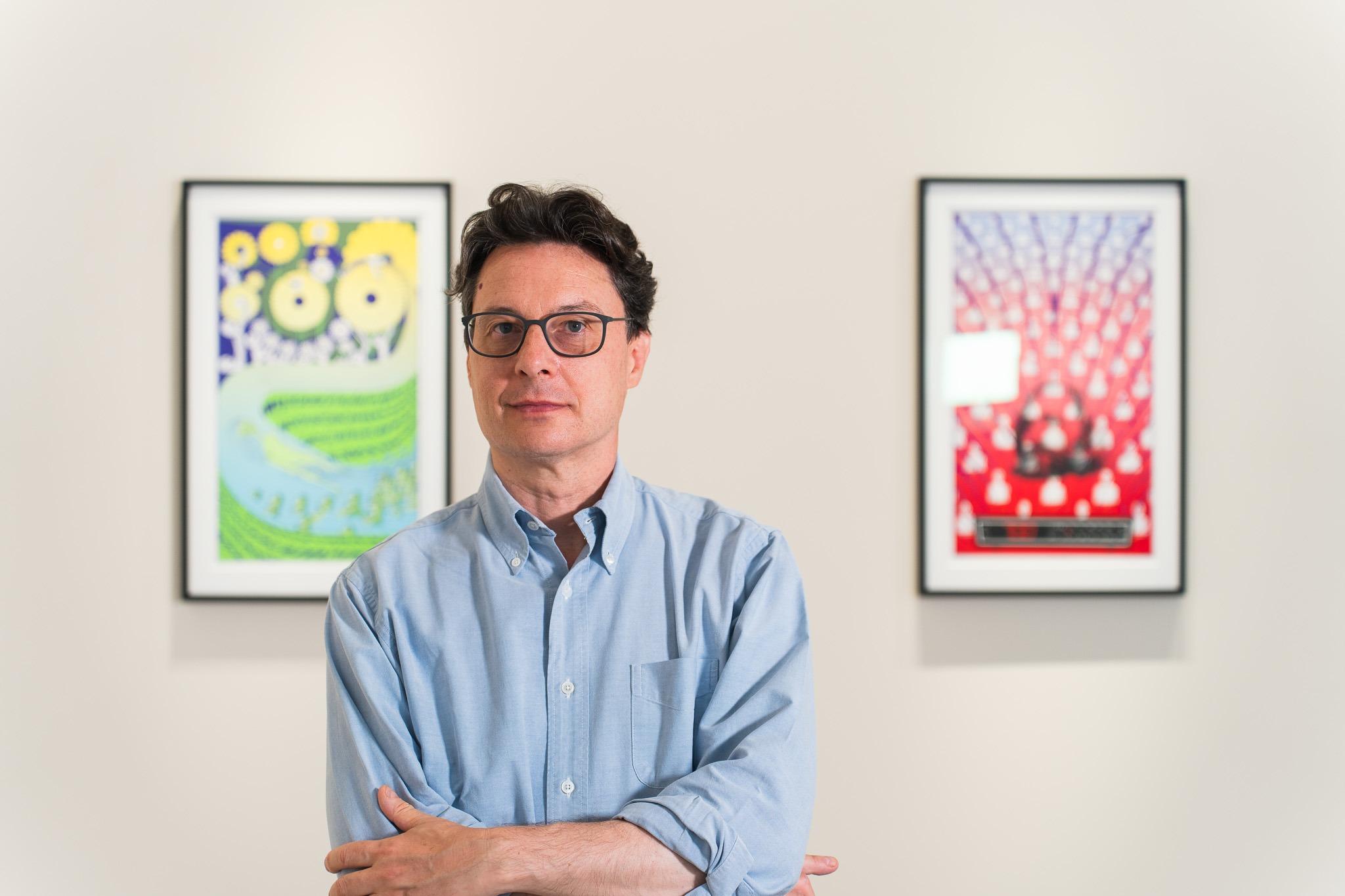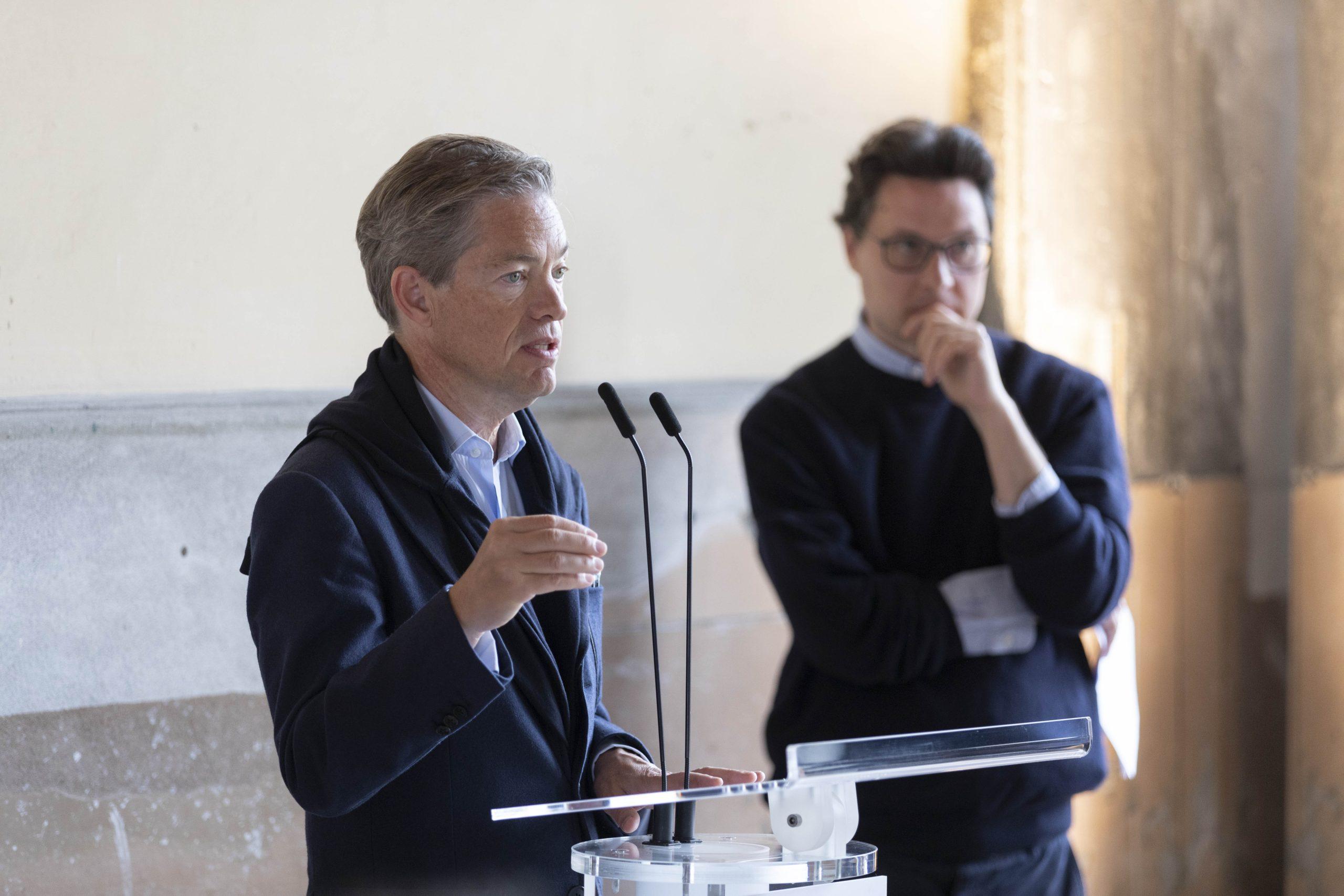Palazzo Diedo, the exhibition space that is part of the Berggruen Arts & Culture galaxy, and Casa dei Tre Oci, the European headquarters of the Berggruen Institute, open their doors to new site-specific installations and exhibitions, including a collateral event of the 19th International Architecture Exhibition ‒ La Biennale di Venezia. We talked about all of them with Mario Codognato, director of Berggruen Arts & Culture
Following its restoration and reopening to the public in 2024, Palazzo Diedo raises the curtain on a new season of events hosted at the historic Venetian building. In addition to the site-specific installations by Piero Golia and Marcantonio Brandolini d’Adda, the spotlight is on The Next Earth: Computation, Crisis, Cosmology, a collateral event of the 19th International Architecture Exhibition ‒ La Biennale di Venezia, which is scheduled to start on 10 May 2025.
The Casa dei Tre Oci, on the other hand, is hosting Matthias Schaller’s photographs that were inspired by the architecture of the city. Mario Codognato, director of Berggruen Arts & Culture, shared the details with us.
The new exhibition schedule by Berggruen Arts & Culture for the Venetian venues of Palazzo Diedo and Casa dei Tre Oci focuses on interdisciplinarity and environmental issues, the latter being the protagonists of The Next Earth: Computation, Crisis, Cosmology, the “collateral event” presented by Palazzo Diedo in conjunction with the 19th International Architecture Exhibition ‒ La Biennale di Venezia. Can you tell us a little more about this exhibition?
The exhibition seeks to bring together two major research initiatives, Antikythera’s Planetary Sapience and the MIT Department of Architecture’s Climate Work: Un/Worlding the Planet. In keeping with the theme of the Biennale, we want to address the most pressing questions about the future of our planet and the role of architecture in shaping it. Spread across two floors of Palazzo Diedo, The Next Earth adopts the research by the Antikythera group to examine the Earth as an evolving megastructure through historical artifacts and immersive installations. Concurrently, we will present forty visionary projects from the MIT School of Architecture on sustainable design practices. Bringing together planetary computation and climate-focused architecture, The Next Earth: Computation, Crisis, Cosmology challenges visitors to reconsider humanity’s environmental impact and technological future.
Also at Palazzo Diedo are two new site-specific installations by Marcantonio Brandolini d’Adda and Piero Golia. What are their distinctive characteristics and how do they interact with the public within the permanent collection?
Making the traditional Venetian terrazzo technique his own, Golia camouflaged his intervention in the floor of the portego, or reception hall, of Palazzo Diedo’s ground floor. This despite the raw building materials being in plain view of the public, signalling, with the presence of a worker, that something was going to happen soon. But the piece only reveals itself when darkness falls.
Brandolini, on the other hand, intervened in one of the original fireplaces. Using pieces of cotisso, or leftover raw glass from previous fusions, the artist restored light to the space thanks to the interplay of reflections on the irregular surface of the glass, producing myriad shades of colour that evoke the typical hues of a fire. The intention is obviously to recreate the heat that once animated the room, projecting the memory of the lit fireplace into the present.
In addition to the aforementioned exhibition The Next Earth: Computation, Crisis, Cosmology, can you tell us something about the events that visitors will be able to see at Palazzo Diedo starting in May?
The public will see the Palazzo further transformed and ready to meet the challenges of the years to come.
Venetian architecture is the heart of Controfacciata, the photographic project by Matthias Schaller, exhibited at the Casa dei Tre Oci. How does this exhibition fit into the setting of this building on the island of Giudecca? And what outlook does it suggest in relation to the city?
In the project Controfacciata, Matthias Schaller continues his investigation into the representation of absence, creating a series of photographs of private Venetian interiors taken this year. This series is part of his broader anthropological and photographic research, which uses the image to explore the relationship between the context and the identity of those who live or have lived there. A portrait of Venice and its uniqueness, even in architectural terms, through the porteghi (reception halls) of the buildings. The Casa dei Tre Oci is also captured and displayed in the exhibition, here as a mirror of itself.
Interview by Arianna Testino
BIO
Mario Codognato has served as the Chief Curator of MADRE since it opened in Naples in 2005. In this capacity, he has curated retrospectives of Jannis Kounellis (2006), Rachel Whiteread (2007), Thomas Struth (2008) and Franz West (2010) among others. He has previously worked at the contemporary art project at the Archeological Museum in Naples, where he has curated the exhibitions of Francesco Clemente (2002), Jeff Koons (2003), Anish Kapoor (2003), Richard Serra (2004), Anselm Kiefer (2004) and the first museum retrospective of Damien Hirst (2004). Since 1999 he has curated the site-specific public projects for Piazza Plebiscito in Naples, including Robert Rauschenberg (1999), Joseph Kosuth (2001), Sol Lewitt (2005), Jenny Holzer (2006), Jan Fabre (2008) and Carsten Nicolai (2009). He has curated exhibitions for other institutions and written their catalogue essays on the work of Alighiero Boetti (1992 and 1999), Richard Long (1994 and 1997), Gilbert & George (1998), Jan Fabre (1999), Brice Marden (2001), Wolfgang Laib (2005), Candida Hoeffer (2013), Douglas Gordon (2017) and Ed Ruscha (2019). He has curated several thematic exhibitions, Barock at MADRE in 2009 and Fragile? at the Cini Foundation in Venice in 2013. From 2014 to 2016 he was Chief Curator at the 21er Haus of the Belvedere in Vienna, where his shows include retrospective exhibitions of Olafur Eliasson, Tomás Saraceno and Sterling Ruby, and the exhibition Sleepless on the history and role of the bed in art. Latest projects include Anish Kapoor at Macro in Rome (2017) and Houghton Hall in Norfolk (2019), Damien Hirst at Houghton Hall in Norfolk (2018), Galleria Borghese in Rome (2021), and Georg Baselitz at the Museum Palazzo Grimani in Venice (2021). Since 2016, Codognato has been the Director of the Anish Kapoor Foundation and since 2022 the Director of Berggruen Arts & Culture.
INFO
The Next Earth: Computation, Crisis, Cosmology
10 May – 23 November 2025
PALAZZO DIEDO
Cannaregio 2386, Venice
https://berggruenarts.org/
https://www.labiennale.org/it
Piero Golia, Untitled (floor)
Marcantonio Brandolini d’Adda, Untitled
PALAZZO DIEDO
Cannaregio 2386, Venice
https://berggruenarts.org/
Matthias Schaller. Controfacciata
until 23 November 2025
CASA DEI TRE OCI
Fondamenta Zitelle 43, Venice
https://berggruen.org/centers/venice


Related Articles




